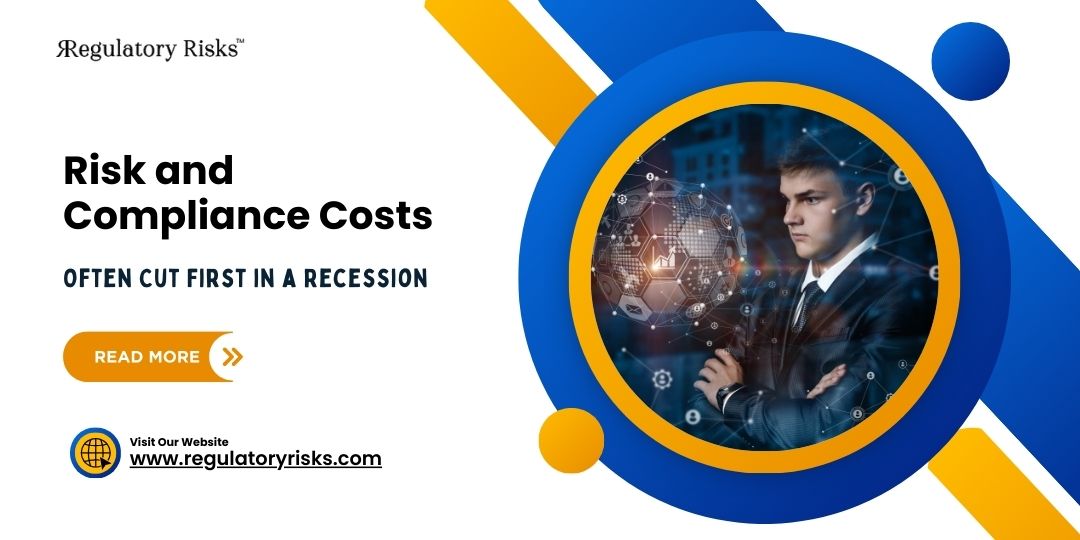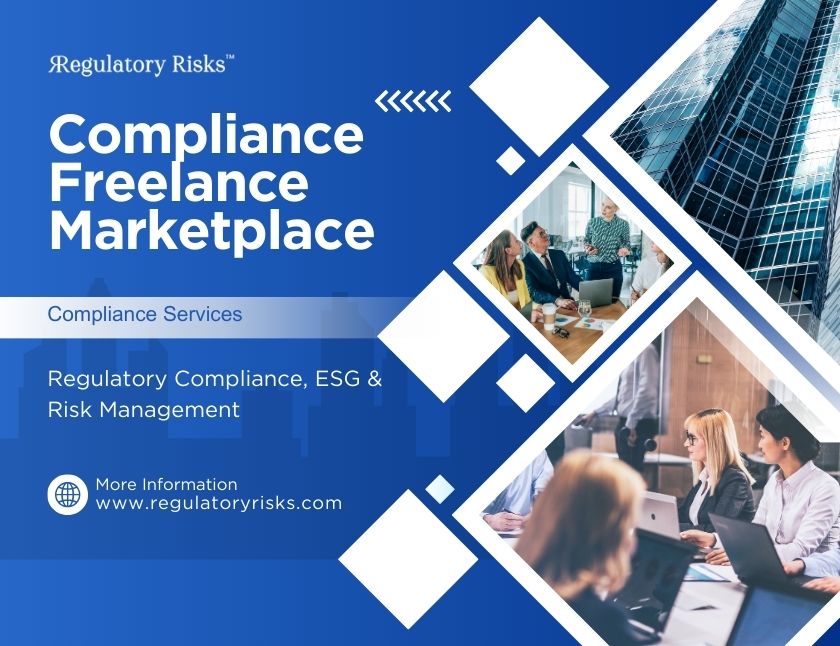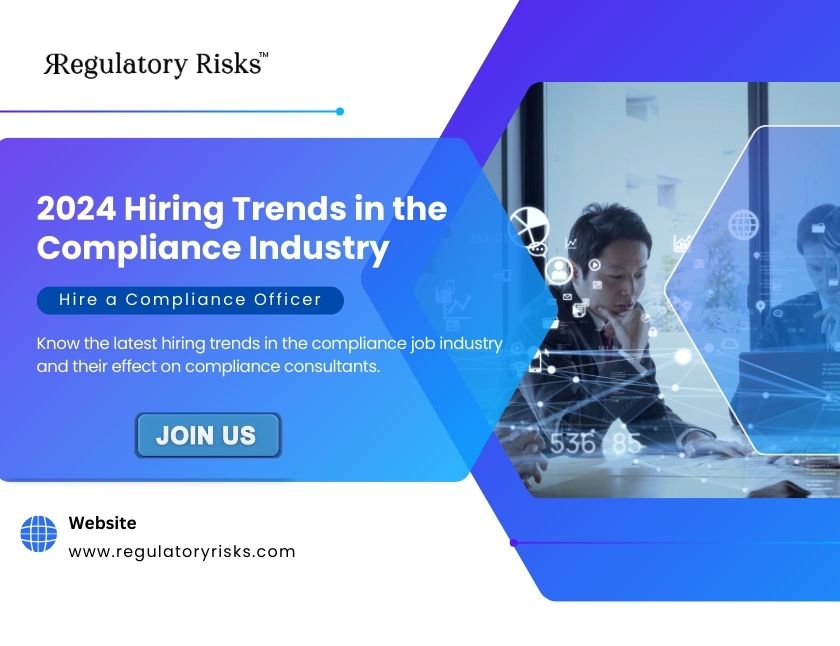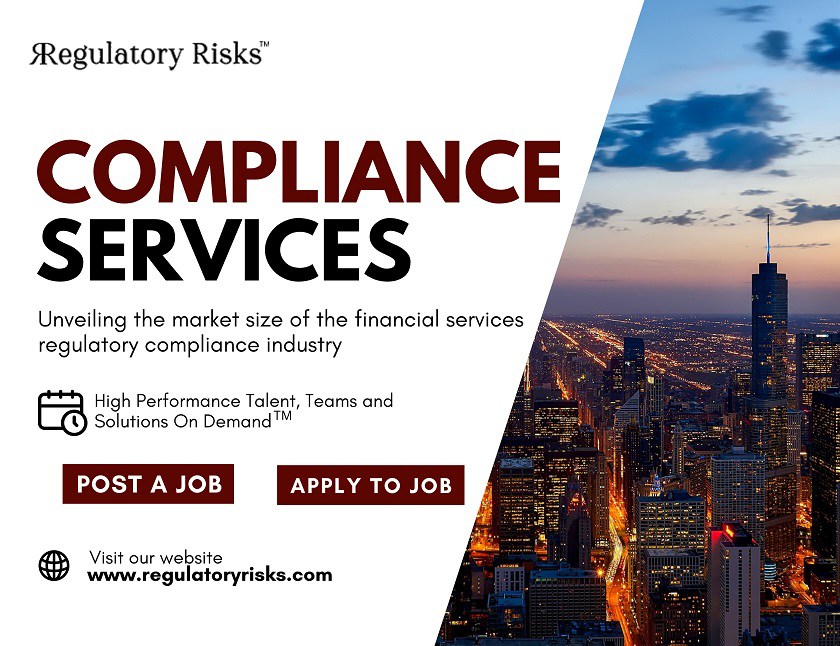A recession is a period of economic decline, characterized by reduced consumer and business spending, lower income and profits, higher unemployment and inflation, and tighter credit conditions. The unofficial definition of a recession is two consecutive quarters of negative GDP. A recession can have a significant impact on various industries and sectors, including the risk and compliance industries.
The risk and compliance industries are composed of professionals who help organizations comply with various laws, regulations, standards, and best practices, as well as manage and mitigate various risks, such as financial, operational, legal, reputational, and strategic risks. Risk and Compliance professionals can work in different roles, such as compliance officers, compliance consultants, chief compliance officers, risk managers, risk analysts, auditors, and regulators.
However, despite the importance and value of the compliance and risk function, it is often seen as a non-revenue producing area, meaning that it does not directly contribute to the generation of income or profit for the organization. Instead, it is often viewed as a cost center, meaning that it consumes resources and incurs expenses for the organization.
Therefore, when a recession hits, risk and compliance costs are often among the first to be cut by organizations, as they try to reduce their expenses and improve their profitability. The judgment and balancing act in making such decisions are critical. In this article, we will explore some of the reasons and consequences of cutting risk and compliance costs in a recession, and how organizations can avoid or minimize the negative impacts of doing so.
Short-Term Focus and Pressure
One of the main reasons why risk and compliance costs are often cut first in a recession is the short-term focus and pressure that organizations face during an economic downturn. When the revenue and profit of an organization decline, the management and shareholders may become more concerned, and rightly so, about the immediate financial performance of the organization, rather than the long-term strategic goals and vision of the organization. However, if the focus is on trying to enhance the share price of an organization as much as possible, careful judgment and executive decision-making is required in order to not put the firm at risk.
There is a tendency to prioritize the activities and functions that directly generate revenue and profit, such as sales, marketing, and production, and to neglect or limit the activities and functions that do not directly generate revenue and profit, such as risk and compliance. As a result, the risk and compliance function may be seen as a dispensable or optional area that can be cut or downsized without much harm to the organization.
Moreover, the management and shareholders may face external pressure from various stakeholders, such as customers, creditors, regulators, and competitors, to demonstrate their financial stability and viability in a recession. This may further increase the urgency and intensity of cutting costs and improving profitability and may lead to hasty and drastic decisions that overlook or ignore the potential risks and consequences of cutting risk and compliance costs.
Lack of Awareness and Appreciation
Another reason why risk and compliance costs are often cut first in a recession is the lack of awareness and appreciation of the risk and compliance function and its benefits and value for the organization. Risk and compliance professionals may not have a clear and consistent communication and collaboration with the management and other functions of the organization and may not be able to demonstrate and articulate how their work supports and enhances the performance and objectives of the organization.
This may result in a misunderstanding or underestimation of the role and importance of the risk and compliance function, and a perception that it is a mere administrative or bureaucratic burden that adds complexity and costs to the organization. Risk and compliance professionals may also not have a strong and visible presence and influence in the organization and may not be able to advocate and defend their interests and needs in the decision-making process of the organization.
Therefore, when a recession occurs, the risk and compliance function may not have a sufficient and compelling case or voice to justify and protect its costs and resources and may be easily overlooked or sacrificed by the management and other functions of the organization.
False Sense of Security and Complacency
A third reason why risk and compliance costs are often cut first in a recession is the false sense of security and complacency that organizations may have regarding their risk and compliance status and performance. Organizations may assume that they have already achieved a satisfactory or sufficient level of compliance and risk management, and that they do not need to invest or maintain their risk and compliance costs and resources in a recession.
This may be based on a number of factors, such as:
- A history or track record of successful risk and compliance outcomes, such as passing audits, regulatory examinations, avoiding fines, or managing crises, which may have led to an overconfidence in the risk and compliance standards, controls and systems that a company has developed;
- A reliance or dependence on existing risk and compliance policies, procedures, systems, and tools, without updating or improving them;
- A confidence or trust in the competence and integrity of the risk and compliance professionals, without providing them with adequate support or feedback;
- A belief or expectation that the risk and compliance environment and requirements will not change or increase in a recession, or that they will be relaxed or waived by the regulators or other stakeholders.
However, these factors may create a false sense of security and complacency that can be dangerous and costly for the organization, as they may not reflect the current or future reality and challenges of the risk and compliance function. A recession can bring about new or increased risk and compliance issues and opportunities, such as:
- Changes or updates in the laws, regulations, standards, and best practices that apply to the organization or its industry or sector;
- Changes or shifts in the expectations and demands of the customers, employees, regulators, and other stakeholders of the organization;
- Changes or disruptions in the operations, processes, systems, and technologies of the organization or its suppliers, partners, or competitors;
- Changes or threats in the market, industry, or sector conditions, trends, or dynamics that affect the organization or its strategy or objectives;
- An increase in fraud, criminal and unethical conduct and behavior.
Therefore, cutting compliance and risk costs in a recession may expose an organization to greater risk and compliacne vulnerabilities and liabilities, and may prevent the organization from seizing compliance and risk opportunities and advantages.
Conclusion
Cutting compliance and risk costs in a recession may seem like a logical and rational decision for organizations that are facing financial difficulties and pressures. However, it may also be a short-sighted and risky decision that can have negative and lasting impacts on the organization's performance, reputation, and sustainability.
Risk and compliance professionals are not only responsible for ensuring that the organization complies with the relevant laws, regulations, standards, and best practices, but also for helping the organization manage and mitigate various risks, and for creating and delivering value for the organization and its stakeholders.
Therefore, organizations that are looking to reduce or downsize risk and compliance departments should consider the following:
- How to align and integrate risk and compliance function with the strategy and objectives of the organization;
- How to communicate and collaborate with the management and other functions of the organization to demonstrate and articulate the value and benefits of the risk and compliance function;
- How to monitor and assess the risk and compliance environment and performance of the organization and identify and address any gaps or issues;
- How to optimize and leverage the risk and compliance costs and resources of the organization and ensure their efficiency and effectiveness;
- How to innovate and improve the risk and compliance policies, procedures, systems, and tools of the organization and keep them up to date and relevant;
- How to develop and retain the risk and compliance talent and skills of the organization and provide them with adequate support and feedback.
By doing so, organizations can not only survive but also thrive in a recession and emerge stronger and more resilient in the post-recession era.
Regulatory Risks is a regulatory compliance freelance marketplace that connects your business with chief compliance officers, compliance consultants and compliance services in the market. Whether you need a Chief Compliance Officer for a short-term project or a risk and compliance consultant for a compliance job, Regulatory Risks is your firm’s on-demand flexible specialist resourcing solution.




